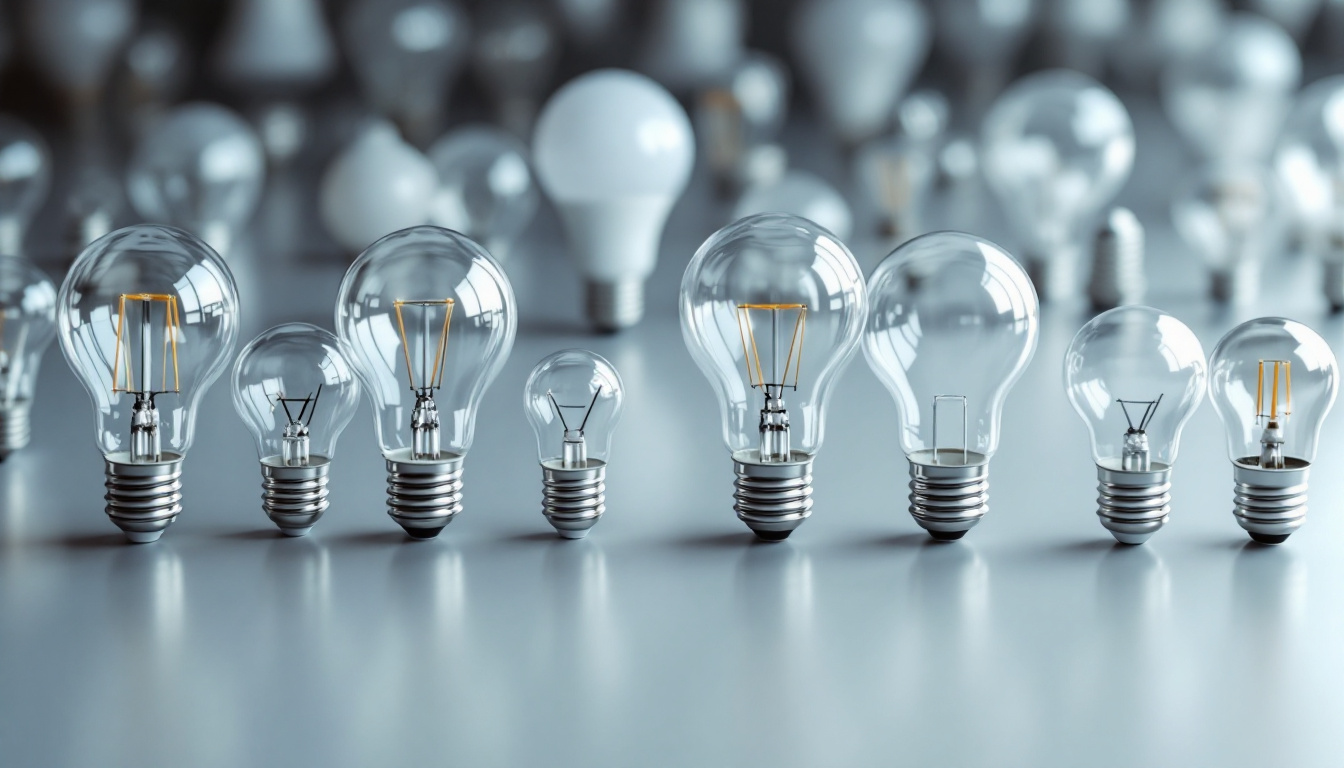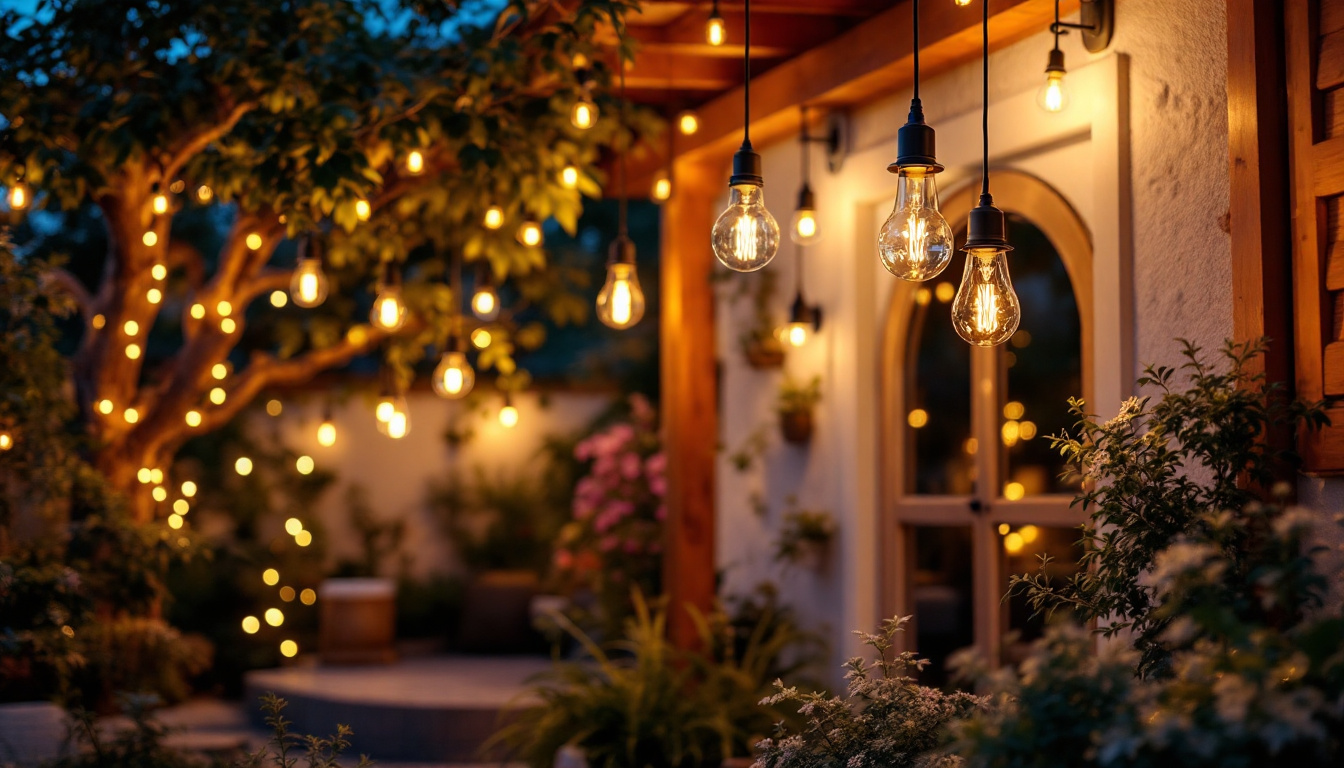
The world of architectural lighting is continuously evolving, influenced by advancements in technology, changing design philosophies, and the growing emphasis on sustainability. For lighting contractors, staying abreast of these trends is crucial to delivering innovative solutions that meet client expectations and industry standards. This article explores the latest trends in architectural lighting that every lighting contractor should be aware of, ensuring they remain competitive and informed.
Smart lighting has transformed the way spaces are illuminated, offering enhanced control and efficiency. With the integration of IoT technology, lighting systems can now be managed remotely, allowing for real-time adjustments based on user preferences or environmental conditions.
One of the primary advantages of smart lighting is energy efficiency. By utilizing sensors and automation, these systems can reduce energy consumption significantly. For instance, lights can automatically dim or turn off when a room is unoccupied. This not only lowers utility bills but also contributes to a more sustainable approach to lighting design.
Smart lighting can also seamlessly integrate with other building management systems, such as HVAC and security. This holistic approach allows for a more cohesive environment, enhancing user experience while optimizing operational efficiency. As clients increasingly demand smart solutions, lighting contractors must be equipped to implement these technologies effectively.
Human-centric lighting (HCL) focuses on the well-being of occupants by mimicking natural light patterns. This trend is gaining traction as research continues to highlight the impact of lighting on mood, productivity, and overall health.
HCL systems are designed to support the body’s circadian rhythms, which regulate sleep-wake cycles. By adjusting color temperature and intensity throughout the day, these systems can promote alertness during working hours and relaxation in the evening. Lighting contractors should familiarize themselves with the principles of HCL to create environments that enhance occupant comfort and productivity.
From offices to healthcare facilities, the applications of human-centric lighting are vast. In educational environments, for example, HCL can improve student focus and learning outcomes. In healthcare, it can aid in patient recovery by reducing stress and promoting better sleep. Understanding the specific needs of each environment will allow lighting contractors to tailor solutions that maximize the benefits of HCL.
As sustainability becomes a priority for many organizations, the demand for energy-efficient lighting solutions is on the rise. Lighting contractors must be knowledgeable about the latest technologies that minimize environmental impact while maintaining high performance.
LED technology continues to dominate the lighting industry due to its energy efficiency and longevity. Recent advancements have led to improved color rendering, dimming capabilities, and even the development of tunable white LEDs that allow for greater flexibility in design. Contractors should stay updated on these innovations to offer clients the best possible solutions.
Another aspect of sustainability is the responsible disposal and recycling of lighting products. Contractors should be aware of local regulations regarding the disposal of lighting fixtures and bulbs, particularly those containing hazardous materials. By promoting recycling programs and sustainable practices, lighting contractors can contribute to a greener future while enhancing their reputation in the industry.
The integration of lighting within architectural elements has become a defining trend in modern design. Rather than being an afterthought, lighting is now considered an integral part of the architectural narrative, enhancing the aesthetics and functionality of spaces.
Lighting can be used to highlight architectural features, create focal points, and establish ambiance. Techniques such as wall grazing, cove lighting, and backlighting can transform ordinary spaces into extraordinary experiences. Lighting contractors should collaborate closely with architects and designers to ensure that lighting solutions align with the overall vision of the project.
Clients increasingly seek customized lighting solutions that reflect their unique style and needs. This trend calls for flexibility in design and the ability to adapt lighting systems to various architectural styles. Contractors should be prepared to offer a range of options, from minimalist designs to elaborate installations, ensuring that every project is tailored to the client’s specifications.
Minimalism continues to be a popular design philosophy, emphasizing simplicity and functionality. In lighting design, this translates to fixtures that are sleek, unobtrusive, and elegant.
Minimalist lighting fixtures often prioritize clean lines and geometric shapes, allowing them to blend seamlessly into their surroundings. Lighting contractors should be familiar with the latest minimalist designs and how they can enhance the overall aesthetic of a space without overwhelming it.
In addition to form, there is a growing trend towards using natural materials in lighting design. Wood, stone, and metal can add warmth and texture to lighting fixtures, creating a more inviting atmosphere. Contractors should explore options that incorporate these materials, as they resonate with clients looking for authenticity and connection to nature.
Dynamic lighting refers to systems that can change in response to various factors, such as time of day, occupancy, or user preferences. This trend is particularly relevant in environments where lighting needs may vary significantly throughout the day.
Adaptive lighting systems can automatically adjust brightness and color temperature based on the time of day or the specific activities taking place in a space. For example, a conference room may require bright, cool lighting during meetings, while a lounge area may benefit from warm, dimmed lighting in the evening. Understanding how to implement these systems effectively is essential for lighting contractors.
Another aspect of dynamic lighting is the incorporation of interactive elements that allow users to control their lighting environment. This could include mobile apps or voice-activated systems that enable users to customize their lighting settings easily. By offering clients these interactive solutions, contractors can enhance user engagement and satisfaction.
As safety and security become increasingly important in architectural design, lighting plays a crucial role in creating safe environments. Effective lighting can deter crime, enhance visibility, and provide a sense of security for occupants.
Properly illuminated pathways and entrances are essential for ensuring safety in both residential and commercial settings. Lighting contractors should consider the placement and intensity of fixtures to enhance visibility and guide occupants safely through a space. This includes using motion sensors to activate lights in low-traffic areas, ensuring that spaces are well-lit when needed.
In addition to general safety, emergency lighting is a critical consideration in architectural design. Contractors must be familiar with local codes and regulations regarding emergency lighting systems, ensuring that they are installed correctly and function as intended during emergencies. This knowledge not only enhances safety but also builds trust with clients who prioritize the well-being of their occupants.
Color plays a significant role in lighting design, influencing mood, perception, and functionality. Understanding how to manipulate color temperature and saturation can elevate a lighting project to new heights.
Different color temperatures can evoke various emotions and responses. For instance, cooler temperatures tend to promote alertness and focus, making them ideal for workspaces. In contrast, warmer temperatures create a cozy and inviting atmosphere, perfect for residential settings. Lighting contractors should be adept at selecting the appropriate color temperatures for different environments to enhance the overall experience.
Color rendering is another critical factor in lighting design. High Color Rendering Index (CRI) lighting allows colors to appear more vibrant and true to life. This is particularly important in retail environments, where accurate color representation can influence purchasing decisions. Contractors should prioritize fixtures with high CRI ratings to ensure that the lighting enhances the visual appeal of the space.
The concept of biophilia, which emphasizes the human connection to nature, is becoming increasingly relevant in architectural lighting design. Incorporating natural elements and promoting wellness through lighting can significantly enhance occupant experience.
One way to promote wellness is through the simulation of natural light. This can be achieved using fixtures that mimic the color temperature and intensity of sunlight throughout the day. By creating a more natural lighting environment, contractors can help improve mood, reduce stress, and enhance overall well-being.
In addition to natural light, integrating elements of nature into lighting design can create a more harmonious environment. This could include using fixtures that resemble natural forms or incorporating greenery into lighting installations. By embracing biophilic design principles, lighting contractors can create spaces that foster a deeper connection between occupants and their environment.
As the lighting industry continues to evolve, ongoing education and adaptation are essential for lighting contractors. Staying informed about new technologies, design trends, and best practices will ensure that contractors can provide the most effective solutions for their clients.
Lighting contractors should seek out professional development opportunities, such as workshops, seminars, and industry conferences. These events provide valuable insights into emerging trends and technologies, allowing contractors to broaden their knowledge and skills.
Building relationships with architects, designers, and other industry professionals can also enhance a contractor’s ability to stay current. Collaboration fosters innovation and allows for the exchange of ideas, ultimately leading to better project outcomes. Lighting contractors should actively engage with their peers to share knowledge and stay informed about the latest developments in the field.
The landscape of architectural lighting is rapidly changing, driven by technological advancements, sustainability concerns, and evolving design philosophies. For lighting contractors, understanding these trends is crucial to delivering innovative solutions that meet the needs of clients and enhance the built environment. By embracing smart lighting, human-centric designs, sustainability, and a focus on wellness, contractors can position themselves as leaders in the industry, ready to tackle the challenges and opportunities that lie ahead.
Ready to stay ahead of the curve in architectural lighting trends? At LumenWholesale, we provide lighting contractors with the cutting-edge, spec-grade lighting products you need to bring these trends to life. With our unbeatable wholesale prices and commitment to quality, you’ll find the perfect lighting solutions to meet the highest industry standards and exceed client expectations. Say goodbye to inflated markups and hello to hassle-free bulk buying with free shipping. Elevate your lighting projects with the best value in the industry. Wholesale Lighting at the Best Value is just a click away.

Discover the pros and cons of flood light junction boxes for lighting contractors.

Discover the essential guide to bulb base types and learn how to sidestep costly errors in your lighting projects.

Illuminate your outdoor spaces with confidence using waterproof hanging lights.
Discover why electrical light switches are indispensable tools for every lighting contractor.